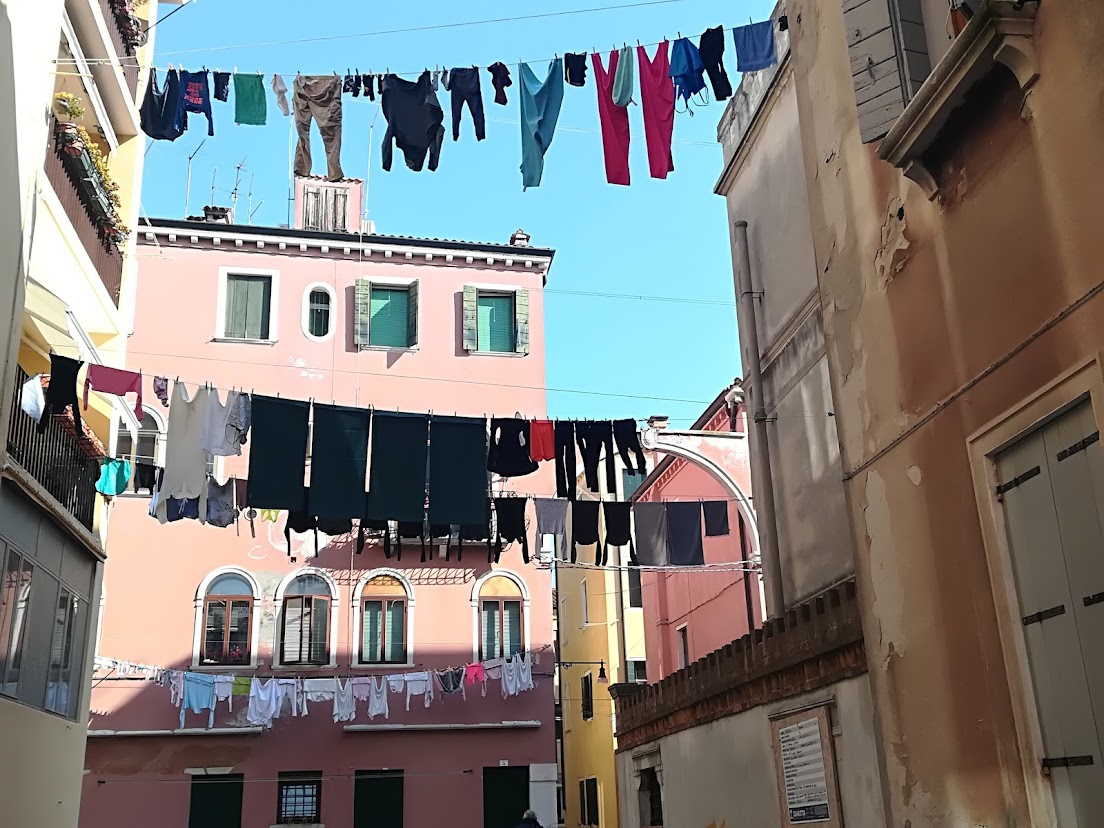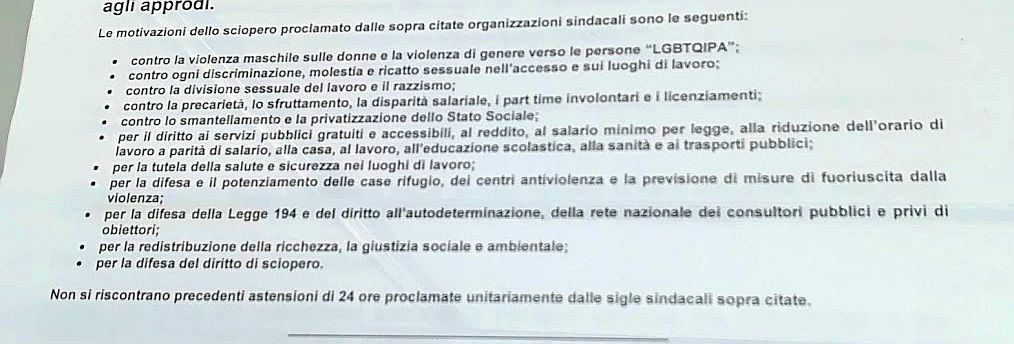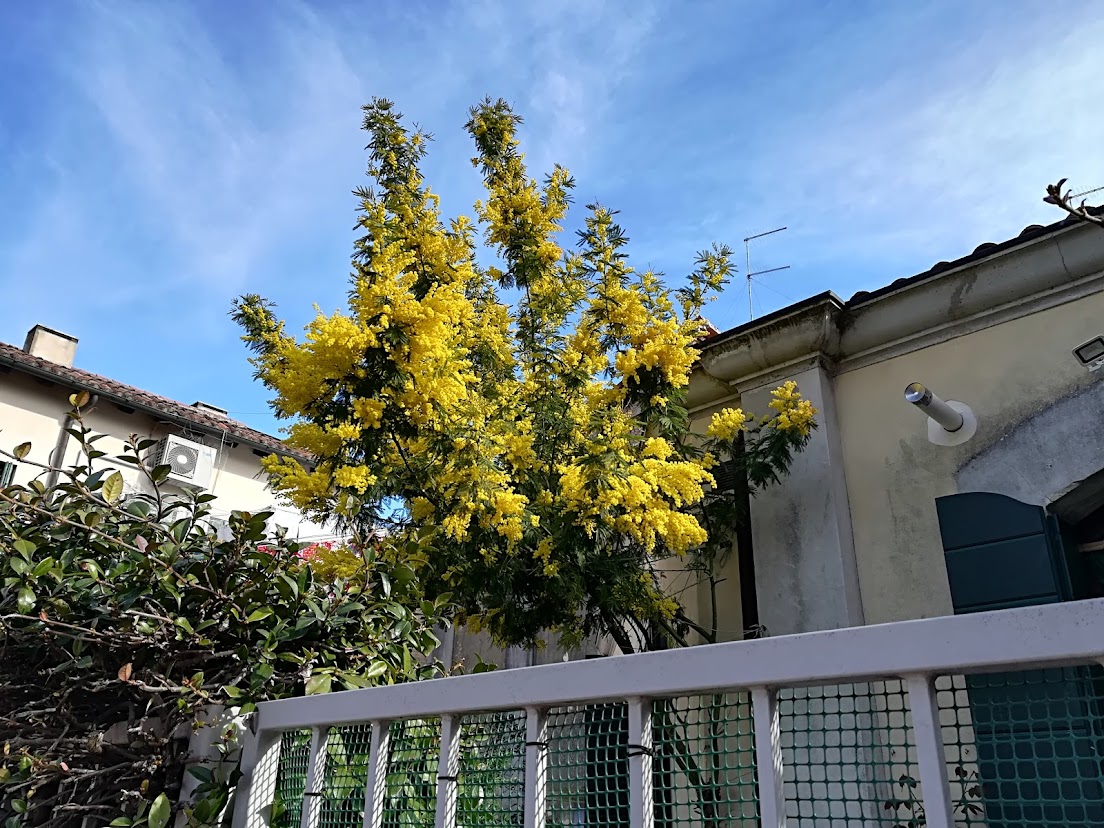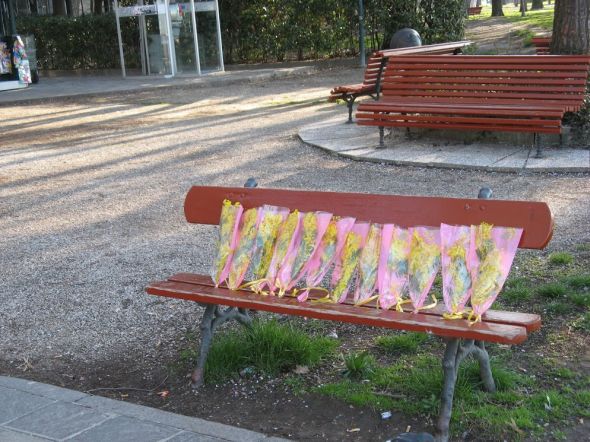
This day is commonly observed here by means of sprays of mimosa. I’ve written about this before.

Today, in addition to the mimosa, we had a 24-hour transit strike (busses, trams, trains, and of course vaporettos). This is some sort of inexplicable sub-tradition, because Women’s Day has been disfigured by a transit strike more than once. Some vaporettos will run, but it will be a task to reorganize your day to accommodate the ACTV, the public transport company. If this strike were to accomplish something, I’d be so glad. But it seems a feeble reed to wield in the struggles that women live through every day, up to and including their struggles with the ACTV.
The ACTV has a hundred reasons for calling strikes; we have one every few months. They are mostly politically motivated and are usually directed at lapses in administration. Work problems, not human problems. This year they’ve decided to take every social problem yet identified and load them onto a highly worthy cause and, you know, let the women carry it.


So the ACTV demonstrates its sensitivity to the problems of women in Venice, the nation, the world, by creating problems for women. Transport strikes absolutely mangle your day in a city with basically two alternatives — feet and taxis. Let’s say you have to accompany your sick neighbor to the hospital for her radiation therapy today. During a strike last year we walked to the only functioning vaporetto stop, much farther than the usual stop, and took the sole working vaporetto two stops to San Zaccaria, where they put everybody ashore. Then we had to walk inland, streets, bridges, streets, bridges, to get to the hospital under our own fading steam. She was so frail by then, but such a trouper.
When the next strike rolled around she could hardly walk to the corner anymore, so we had to take a taxi — that will be 50 euros (rate from her house to the hospital). And 50 euros back, naturally. Her pension was 750 a month. But sure, the ACTV’s union disagreements come first.
So just work your way around the strike however you can, or can’t. Kids going to school? Get them up at 4:00. (Made up, but not by much.) Going to your job, or your second job, today? Call to say you can’t make it and lose the day’s pay. Or walk. Be sure to consult the labyrinthine schedule of the times and routes of the limited service, or just decide to stay home.
So thank you, ACTV, for acknowledging all the problems that ought not to exist in a woman’s world. I don’t see you on the list, though.




